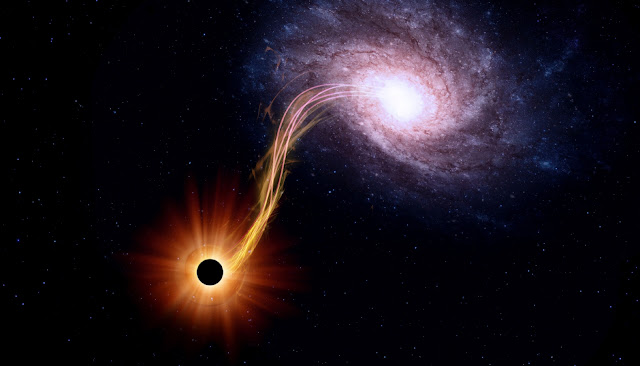The scientists further refine your search for the mysterious source of the gravitational waves.
On the hunt for the previously unheard" noise " in the gravitational field of the wave causes the mysterious neutron stars, they only made very easily by an international team of researchers.
The detection of gravitational waves have only been detected in the collisions of black holes and neutron stars, a wide range of events that cause large-scale outbreak, as the heart rate, time, and location.
The research team, and one of the LIGO scientists began to mt Collaboration (LSC), the Virgo Collaboration with the Australian National University (ANU) for Gravitational Astrophysics Center (CGA) is currently attracting her eagle-eyed rotating neutron stars, to find the waves of the sea.
In contrast, from the massive explosion caused by a black hole collision, or neutron stars, the researchers say, that the only rotating neutron stars have a bulge, or" mountains, "only a few millimeters high, which is able to produce a continuous, uninterrupted stream, or a "slave" of the detection of gravitational waves.
The researchers used a method which was first discovered by the detection of gravitational waves in 2015, the carved out to make it a permanent soundtrack of the stars above, the thunderous noise of a large black holes collide, and the closely spaced neutron stars.
It is said that it is still trying to catch the squeak of a mouse in the middle of a run of them.
In this case, the success rate in the first instance, to detect gravitational-wave events are associated with the collision of massive objects like black holes or neutron stars.
ANU Distinguished Professor Susan Scott, of the ANU Research school of Physics, said that the collision of closely spaced neutron stars caused a" burst " of gravitational waves, the pulsating universe.
"Neutron stars are the mysterious object," says Scott, is also a principal investigator in the ARC Centre of Excellence for the Detection of gravitational waves (OzGrav).
"We really don't understand what they are and how many of them there are. However, we do know that they collide, they send you the incredible bursts of gravitational waves in the universe.
"On the contrary, the faint hum of a rotating neutron star is too weak, and it is almost impossible to find."
Three of the new way of working-the LSC and the Virgo collaboration, have just been published, which describes in detail the most sensitive search to date for the faint hum of the detection of gravitational waves from rotating neutron stars.
"A map of the potential to el Dorado the detection of gravitational waves" features works of art."
"The remains of a young supernova has been identified from the search. These are neutron stars, the new-born, still more deformed, and it should provide for a more powerful, the power of the detection of gravitational waves, " said Dr, The Sun, by the HANDFUL, and as a young researcher at the OzGrav.
At the very least, these searches are particularly sensitive, which gives more detailed information about when, or if possible, the nature and composition of neutron stars.
"If we were able to explore this idea, we are able to look deep into the heart of a neutron star, and uncover the secrets of the area," says Dr. Charles Wett, a post-doctoral researcher with the OzGrav, and INCLUSION.
Professor Scott, who is also the group leader of the general theory of relativity, and the ANU, analysis, added: "the neutron stars represents one of the densest matter in the universe, up to the gates in a" black hole."
"In search of their gravitational waves makes it impossible for us to review the states of nuclear matter, which can only be obtained in the laboratory, on the face of the Earth."








0 Comments